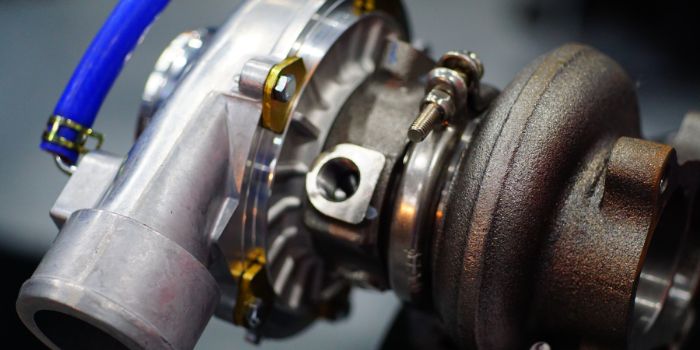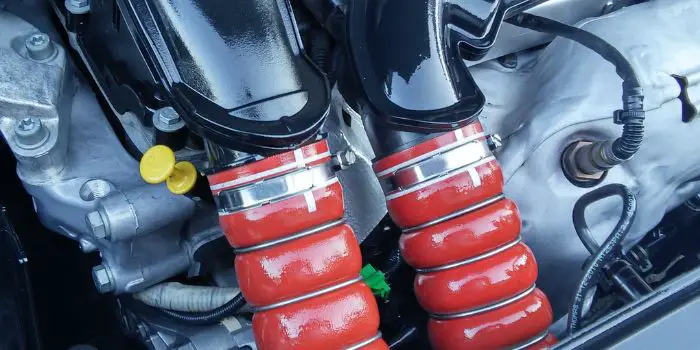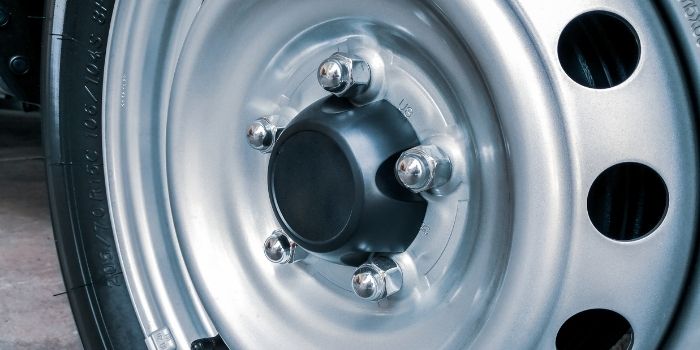
A turbocharged engine is a type of engine that uses a turbine to increase the pressure and flow of air entering the engine.
This allows the engine to burn fuel more efficiently, resulting in increased power and performance.
There are many different types of turbocharged engines on the market. Each has its own set of pros and cons.
In this blog post, we will take a look at some of the most common types of turbocharged engines and discuss their benefits and drawbacks.
But before we take a look at their types, let’s understand the advantages and disadvantages of turbocharged engines.
Table of Contents
Pros and Cons of Turbocharged Engine
Turbocharged engines offer a number of benefits over non-turbocharged engines, including increased power, performance, and fuel efficiency.
Additionally, turbocharged engines typically have shorter warm-up times and can provide better acceleration than their non-turbocharged counterparts.
Furthermore, turbocharged engines often emit less pollution than non-turbocharged engines, making them a more environmentally friendly option.
Turbocharged engines are typically quite reliable, although they can sometimes experience issues with performance and reliability.
Factors such as the type of turbocharger used, the age of the engine, and how well it is maintained can all affect its overall reliability.
That said, many modern turbocharged engines are designed to be both powerful and reliable, making them a popular choice for drivers who want the best of both worlds.
While turbocharged engines offer many benefits, there are also some potential disadvantages to consider.
Turbocharged engines can be more expensive than non-turbocharged engines, and they may require more regular maintenance to keep them running smoothly.
Additionally, turbocharged engines may experience issues with reliability and performance over time, which can be costly to repair.
Turbocharged engines also generally require more maintenance than non-turbocharged engines due to the increased wear and tear on the engine components.
Additionally, turbocharged engines may require more frequent oil changes and may need higher-quality motor oil to protect the engine from wear and tear.
However, the increased maintenance required for a turbocharged engine is typically offset by the increased power and performance of the engine.
What are the Different Types of Turbocharged Engines?
There are many different types of turbocharged engines available on the market, each with its own set of unique benefits and drawbacks.
Some of the most commonly used ones include:
1. Single
The single turbo engine is one of the most common types of turbocharged engines, and it is typically found in smaller vehicles such as sedans and hatchbacks.
This type of engine offers increased power and performance, along with better fuel efficiency compared to non-turbocharged engines.
However, it can also suffer from issues such as turbo lag, which is when the engine takes a moment to spool up the turbine and deliver increased power.
2. Twin
The twin-turbo engine is another popular type of turbocharged engine, and it is often found in larger vehicles such as SUVs and trucks.
This type of engine offers increased power and torque compared to the single turbo engine, making it ideal for towing and hauling.
However, it can also be less fuel-efficient than the single turbo engine in some applications.
3. Biturbo Engine
The Biturbo engine is a type of turbocharged engine that features two turbos, each with its own set of benefits and drawbacks.
This type of engine is typically found in high-performance vehicles such as sports cars and luxury cars.
The Biturbo engine offers increased power and performance, along with better fuel efficiency compared to the single-turbo engine.
However, it can also suffer from turbo lag, and it may be less fuel-efficient than the single turbo engine in some applications.
4. Electric Turbocharged Engine
The electric turbocharged engine is a type of turbocharged engine that uses an electric motor to power the turbine.
This type of engine is typically found in hybrid and electric vehicles.
The electric turbocharged engine offers increased power and performance, along with better fuel efficiency compared to other types of turbocharged engines.
However, it may be more expensive than other types of turbocharged engines, and it is typically only found in hybrid or electric vehicles.
5. Inline-four Engine
The inline-four engine is one of the most common types of turbocharged engines, and it is typically found in smaller vehicles such as sedans and hatchbacks.
This type of engine offers increased power and performance, along with better fuel efficiency compared to non-turbocharged engines.
However, it can also suffer from issues such as turbo lag, which is when the engine takes a moment to spool up the turbine and deliver increased power.
6. V6 Engine
The V6 engine is another popular type of turbocharged engine, and it is often found in larger vehicles such as SUVs and trucks.
This type of engine offers increased power and torque compared to the single turbo engine, making it ideal for towing and hauling.
However, it can also be less fuel-efficient than the single turbo engine in some applications.
7. Rotary Engine
The rotary engine is a type of turbocharged engine that features an unusual design, with two rotating triangular rotors instead of pistons.
This type of engine is typically found in high-performance vehicles such as sports cars and luxury cars.
The rotary engine offers increased power and performance, along with better fuel efficiency compared to the piston engine.
However, it can also suffer from reliability issues, and it may be more expensive than the piston engine.
8. Diesel Engine
The diesel engine is a type of turbocharged engine that uses compression to ignite the fuel instead of a spark plug.
This type of engine is typically found in larger vehicles such as trucks and SUVs.
The diesel engine offers increased torque and pulling power, making it ideal for towing and hauling.
However, it can also be less fuel-efficient than the gasoline engine in some applications.
9. Hybrid Engine
The hybrid engine is a type of turbocharged engine that combines the best features of a gas-powered engine and an electric motor.
This type of engine is typically found in hybrid or electric vehicles. The hybrid engine offers increased power, performance, and fuel efficiency compared to other types of turbocharged engines.
However, it can also be more expensive than other types of turbocharged engines, and it may only be found in hybrid or electric vehicles.
How Much Do Turbochargers Cost?
Turbocharger installation can range from $500 to $1,500, while the cost of a new turbocharger can range from $2,000 to $5,000.
Ultimately, the cost of a turbocharger will vary depending on the make and model of your vehicle as well as the type of turbocharger you choose.
When budgeting for a turbocharger, it’s important to factor in the cost of installation as well as the cost of the turbocharger itself.

How Can I Make My Turbocharged Engine Last Longer?
A turbocharger can typically add between 50-100 horsepower to an engine, depending on the size and type of turbo used.
The amount of horsepower that can be added by a twin-turbo engine will, however, depend on factors such as the size and type of turbochargers used, as well as the displacement and configuration of the engine itself.
That said, turbocharged engines with v8 or v6 configurations are often able to produce significantly more power than their non-turbocharged counterparts.
There are a few things you can do to help extend the life of your turbocharged engine, such as changing the oil regularly, using higher-quality motor oil, and avoiding extended periods of idling.
Additionally, it’s important to make sure that your engine is properly tuned and maintained, as this can help prevent problems from developing over time.
Finally, it’s also a good idea to consult with a mechanic or automotive expert if you suspect that your turbocharged engine may be having performance or reliability issues.
By taking these steps, you can help ensure that your turbocharged engine lasts for many years to come.
What’s the Difference between a Turbocharger and a Supercharger?
It is possible to install both a supercharger and a turbocharger on the same engine. However, this is generally not recommended as it can put undue stress on the engine and lead to reliability issues.
The main difference between a turbocharger and a supercharger is that a turbocharger uses the power generated by exhaust gases to spin an impeller, while a supercharger utilizes an electric motor or belt-driven pulley system to provide power.
This results in different performance characteristics for each type of engine, with turbochargers usually providing more power and better fuel efficiency, while superchargers typically provide increased torque and acceleration.
Additionally, turbocharged engines tend to be more compact and lightweight than supercharged engines, which can make them a better option for certain vehicle models or applications.
Ultimately, the choice between a turbocharger vs. a supercharger will depend on your specific needs and preferences.

Based in Orem (Utah) John Paterson graduated from Utah Valley University and has begun writing in 2009. He has a large wealth of experience in writing articles related to cars, automotive repair, wheels, cleaning/maintenance, and much more. He has also written instructional articles in a similar niche for a few online publications as well. Currently, he works as a mechanic in his personal garage shop where he loves serving his countrymen from his heart.




